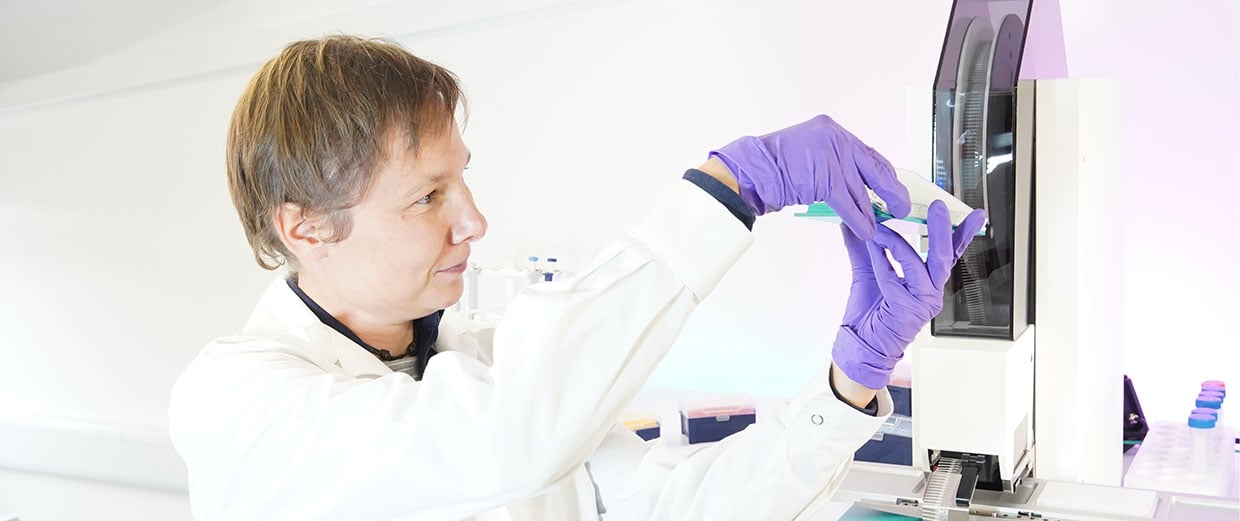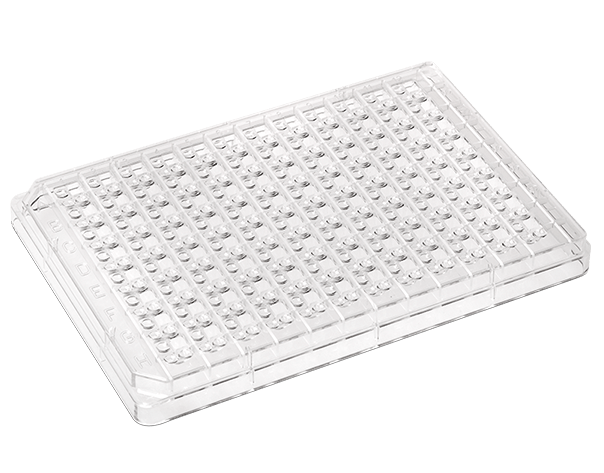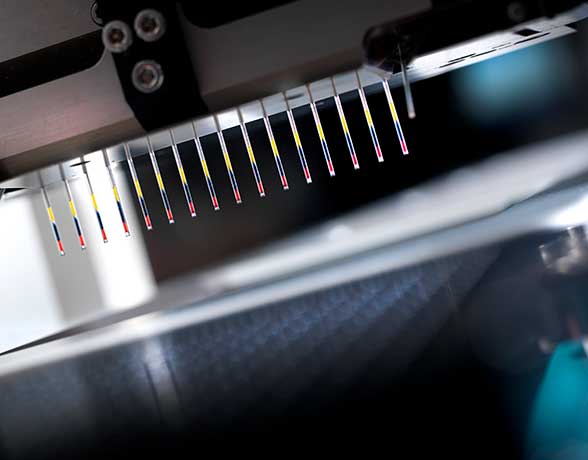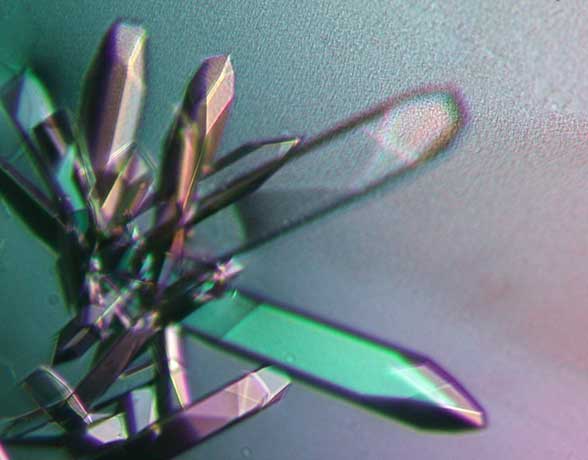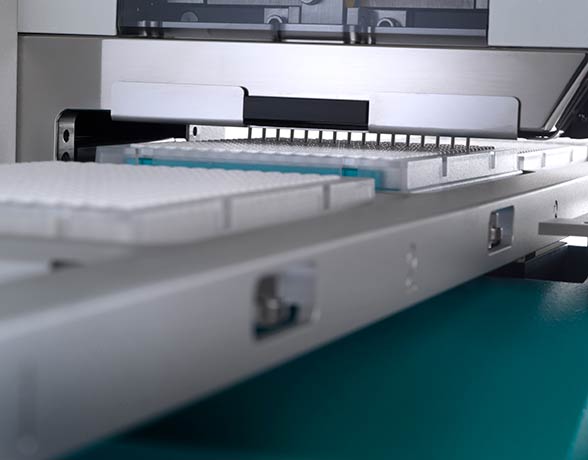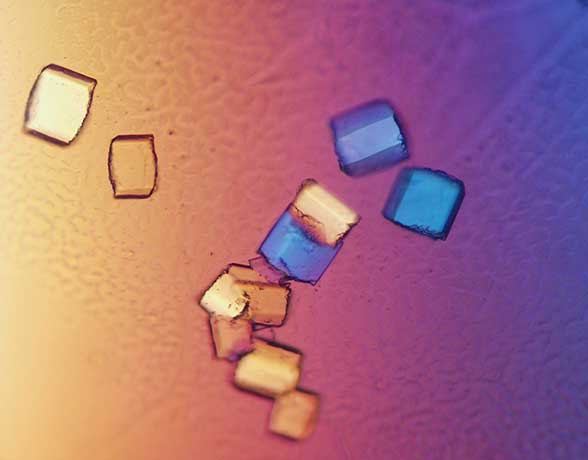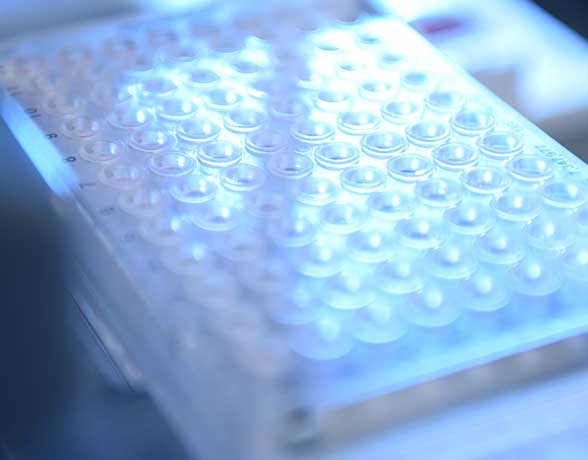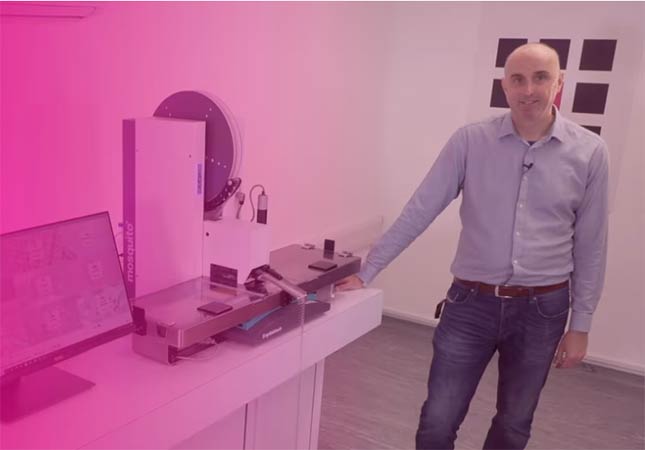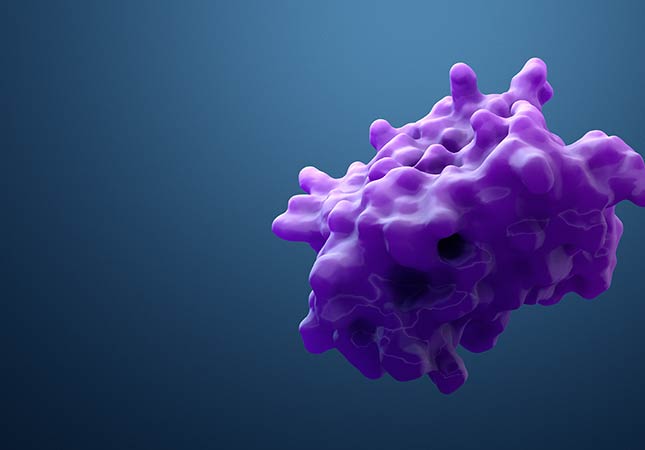
- Applications
-
Products
-
Liquid Handling
- firefly Accelerate genomic research with innovative all-in-one, compact liquid handling
- mosquito Nanolitre liquid handling technology performs ‘traditional’ tasks at a fraction of the volume, and higher speeds
- dragonfly Delivers accurate and repeatable nanolitre to milliliter dispensing
- apricot Automated liquid handling instrumentation for convenient general use across your entire team
- Sample Preparation
-
Sample Management
- comPOUND A scalable, reliable, and secure compound management solution
- BioMicroLab Easy-to-use sample management automation instruments
- arktic Robust biospecimen storage and management down to -80°C
- lab2lab Novel sample and data transfer network system
- comPACT Reliable and efficient -20°C storage and retrieval has never been more accessible
-
Liquid Handling
-
About
- Company With a focus on liquid handling, sample preparation and sample management, our expert teams create state-of-the-art solutions that scientists and researchers can trust Culture We have one overarching mission: to work together to accelerate life science research. Through our innovative solutions and state-of-the-art tools, we believe we can make a real difference to human health Partners Collaboration is key in our mission to make a real difference to human health. Partnering with application leaders globally, we co-create to solve new challenges across the life sciences. Innovation From the initial prototype through to manufacturing, installation and beyond, we bring a problem-solving mindset and technical expertise to drive innovation
-
Executive Leadership
 Through strategic guidance, visionary thinking, and a relentless pursuit of excellence, our senior executives steer SPT Labtech towards achieving its mission of making a real difference to human health through solving advanced laboratory challenges.
Learn more
Through strategic guidance, visionary thinking, and a relentless pursuit of excellence, our senior executives steer SPT Labtech towards achieving its mission of making a real difference to human health through solving advanced laboratory challenges.
Learn more 
-
View all
 Board of Directors
Board of Directors
 Our Board of Directors are committed to driving the long-term success and sustainability of SPT Labtech, providing expert guidance and oversight to execute the company’s ambitious commercial strategy.
Learn more
Our Board of Directors are committed to driving the long-term success and sustainability of SPT Labtech, providing expert guidance and oversight to execute the company’s ambitious commercial strategy.
Learn more 
-
Knowledge Base
- Resources Our wide range of insightful resources include videos, whitepapers, eBooks, application notes and more Events & Webinars Meet the SPT team at events all over the globe and virtually via our webinars Podcast We chat with innovators and leaders from across the community to gain their unique insights. News Latest news from SPT Labtech globally Blog Our latest blog posts feature trends in research, innovative techniques and new technology
-
23 June, 2025
 SPT Labtech Named Illumina Qualified Methods Provider Following Successful Automation of Illumina DNA Prep on firefly® Platform
Continue reading
SPT Labtech Named Illumina Qualified Methods Provider Following Successful Automation of Illumina DNA Prep on firefly® Platform
Continue reading 
-
23 April, 2025
 A trusted partner in drug discovery: Viral Patel’s 20-year journey with mosquito®
Continue reading
A trusted partner in drug discovery: Viral Patel’s 20-year journey with mosquito®
Continue reading 
-
26 March, 2025
 SPT Labtech and Biortus Launch Joint Laboratory of Structural Biology in China
Continue reading
SPT Labtech and Biortus Launch Joint Laboratory of Structural Biology in China
Continue reading 
10
- Careers
- Home
- Structural Biology
- Protein Crystallography techniques
Protein Crystallography techniques
New techniques are revolutionizing structural biology
New technological advances and techniques in protein crystallography have inspired a structural biology revolution, enabling researchers to tackle even more complex biological problems to benefit scientific research. ‘Integrative’ structural biology brings together multiple approaches to build a more comprehensive picture of dynamic processes at both a cellular and molecular level. Protein crystallography remains the go to technique for high resolution protein structure studies.
Sitting drop crystallization
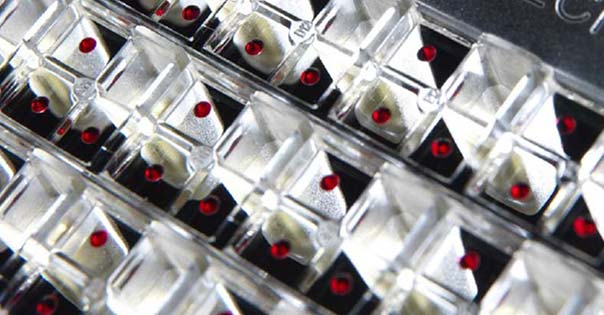
Sitting drop crystallization is a commonly used protein crystallography method. For sitting drop, mosquito's precise pipetting ensures accurate drop-on-drop placement in the center of sub-wells for perfectly automated imaging whilst avoiding drops wicking up the well walls.
Explore related productsSitting drop
vapor diffusion
Using mosquito xtal3® for setting up vapor diffusion techniques has distinct advantages in multiple user research laboratories and academic groups, as both set-ups are easily automated without the need for changes in instrument configuration.
Learn more about mosquito xtal3Microbatch (Under-oil)
The multi-aspirate, dispense and drop mixing capabilities of mosquito crystal are perfect for microbatch set up. These enable both protein and screen solutions to be aspirated consecutively within the same tip and then be pipetted directly through oil to ensure that screen and protein drops always combine.
Explore our product rangeMicro-Seeding
Seeding or micro matrix seeding (MMS) is a well-established method used to improve the quality and reproducibility of protein crystals. mosquito's plate set-up time is less than 3 minutes to create multiple aspiration.
Explore our product rangeAdditive screening
mosquito's unique true positive displacement pipettes combined with its multi-aspirate function allows users to access volumes down to 10 nL. Not only does this save on precious ligands/compounds, the contact dispensing ensures precise placement within the crystallization drops.
Explore our product rangeCrystal soaking
Soaking protein crystals with ligands is the fastest route to produce high-throughput structures for fragment based drug discovery. mosquito can be used to prepare small soaking drops of DMSO based fragment libraries directly from stock plates. Small volumes of this diluted solution can then be introduced to the drop containing the crystal to save on time and ligand stock used.
Explore our product rangeHanging drop crystallization
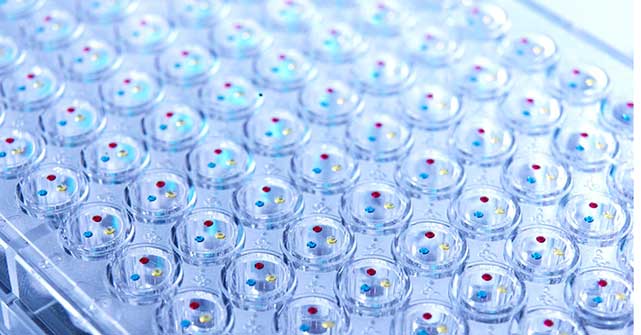
mosquito can automatically ‘mirror’ drops of crystal screen on a plate seal, so that when the seal is inverted over the plate, the drops match the screen wells. Precision placement and accurate pipetting mean that drop volumes can be miniaturized without the risk of the different components coinciding. Up to three drops can be created in each well of a 96-well microplate, allowing you to test up to 288 different conditions per plate.
Explore related productsBicelles
By maintaining a cold environment and pre-chilling the sample holder block it is possible to use mosquito crystal to accurately and easily pipette the bicelle solution, thereby facilitating the automation of screening for this lipidic based technique of membrane protein crystallization.
Explore mosquito crystal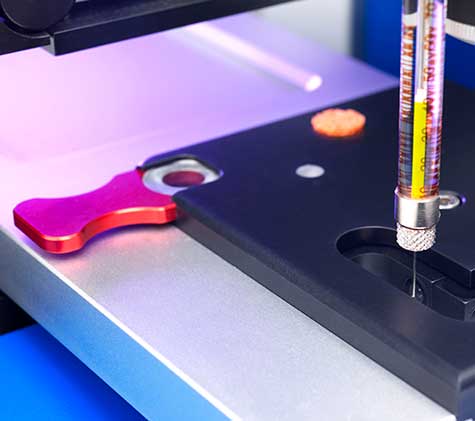
Lipidic Cubic Phase (in-meso)
The Lipidic Cubic Phase (LCP) or in-meso technique for crystallizing membrane proteins has revolutionized structural studies of difficult targets such as G protein-coupled receptors (GCPRs). For handling Lipidic Cubic Phase (LCP) methods, mosquito® LCP combines four important aspects:
- reduction of sample size down to nanolitre volumes
- speed (about 4 minutes to complete a single 96-well LCP plate)
- accuracy and repeatability
- precise humidity control of the dispensing environment
mosquito LCP allows crystallography researchers to dispense Lipidic Cubic Phase (LCP) volumes as low as 30 nL, while automated calibration of syringe and pipette positioning ensures exceptionally precise drop-on-drop placement.
Explore mosquito LCP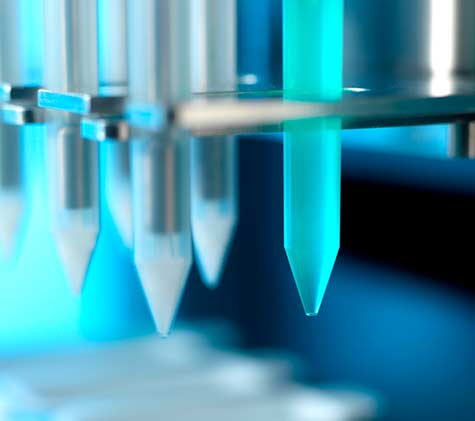
Crystal screen optimization
Optimizing protein crystallization hits to improve diffraction is a challenging process, and identifying optimal conditions i.e. temperature, pH range, precipitants and concentration range of the buffer is particularly costly and time-consuming. The process involves the set-up of multiple studies to analyze each individual parameter so automating the preparation of complex gradients from stock solutions saves time, improves repeatability and increases the output of high resolution structures.
dragonfly crystal delivers accurate and repeatable results and its novel technology easily dispenses any volume into any well to streamline crystallization workflows and eliminate the risk of cross-contamination.
Explore dragonfly crystalMeet our Field Application Scientists
Our Field Application Scientists will help you to advance your research goals throughout the life of your instrument, optimizing for the applications you need and harnessing its full potential. As specialists in a range of disciplines from structural biology to genomics, the team ensures that the protocols for your applications are scientifically robust, giving you the confidence to pursue novel approaches. Working closely with customers, Field Application Scientists eliminate bottlenecks and streamline workflows to enable successful research outcomes.
